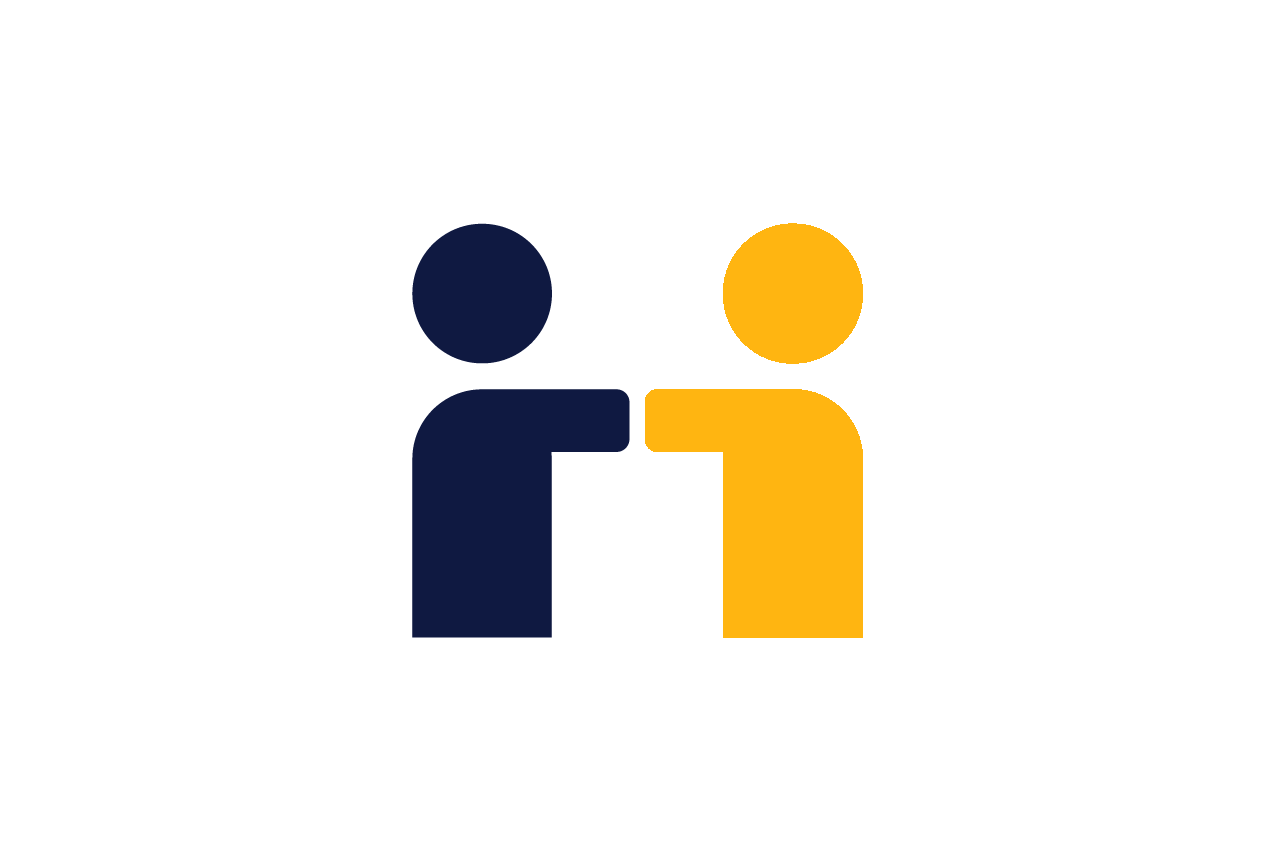Do you want to retain more employees and keep them happier and more satisfied?
If so, you need to help them envision their careers in the future and develop a tangible way to get there. Most employees look for career growth opportunities when they search for a new job. People are also more likely to stay in a position if they feel like they're moving along with their careers.
Building a career progression framework will help you retain these workers. In addition, they'll get to learn, grow, and feel like valued members of your team. Below, we'll walk you through how to build a career pathway plan for your employees.
How to create a career progression framework:
Determine the Purpose of Your Career Progression Framework
Before you create a career progression framework, determine what you want it to accomplish.
Having a framework in place can lead to a variety of positive outcomes. Often, employees have higher motivation and lower turnover rates. You can also use your framework to figure out how to fairly increase compensation as they move throughout the ranks.
The clearer you define your purpose, the easier it will be to create a framework that works for everyone involved.
Once you've identified the reason you're building this framework, figure out which metrics you'll use to make sure it's achieving its goals. To do this, you might conduct surveys or compare data from before and after you built the framework.
General Framework or Team-Specific?
Next, consider whether you want your framework to be general or team-specific. A general framework would apply to your whole company, while a team-specific framework could be used on a department-by-department basis.
If you choose to go the team-specific route, work with the leaders in each department to craft each step of the plan. That way, you can make sure your plan works well for each of your teams. Your team leaders may also be able to provide feedback informed by their expertise and current understanding of their workers' goals.
The team-specific framework is more tailored to each department's needs. Yet, there are advantages to having a general framework, too. These types of frameworks are more streamlined and easier to apply to a wide range of workers and situations. In addition, you'll save time because you won't have to create individual plans for each team.
take a look at your levels
Unless you're launching your company, you probably already have levels in place.
Hierarchy is an important part of running a successful business. This is true both from a practical standpoint and a career development one. If you have a clear hierarchy, your workers will be able to see their supervisors work in the roles that they'll have someday.
When creating your career development plan, define your levels. Most businesses have entry-level positions that take people who are starting out in the field. From there, people may progress into a mid-level role before moving on to a senior or team leader position.
Figure out what benchmarks your workers will have to meet before they move on to the next level. You'll likely need to recruit the help of your team leaders for this. As professionals in their fields, they'll have the expertise needed to decide what skill sets each position requires. Once employees have these skills, they should get promoted.
include career coaching
According to the Randstad Workmonitor (survey of 35,000 employees across 34 countries), 36% of workers want to speak to a career development coach about advancing their career. Moreover, these workers want to continue to work for their current employers. So, ask some of your workers to serve as career coaches for the people underneath them. This will help your workers become more acclimated to their positions. It will also give them someone to go to for career pathway advice.
In addition, setting up a career coaching system shows your more advanced employees that you appreciate their input and skills.
Randstad Risesmart offers a personalised approach to career coaching, with a guaranteed lower coach to employee ratio to ensure individuals get the time and attention that results in greater alumni satisfaction and faster landing times.
talk to your workers
Having career coaches helps you tailor your career development plans to your employees, too. Each employee might have different goals for their career. The more you can incorporate these goals into their career pathway options, the better.
So, encourage your workers and their coaches to schedule regular meetings with one another. When they meet, the coaches should help the employees identify their personal goals. Then, they can use your career development framework to help them get there.
The meetings also need to include a review of where someone is at in their career. That way, workers won't stagnate in a specific position for too long. If an employee stays at one level for a long period of time, they might begin to look for a job where they'll get promoted faster.
Attracting fresh talent
Having a career progression framework can help you find and hire top talent.
Your career development plan requires you to understand your different roles. As such, you'll have an easier time writing job descriptions that provide an accurate picture of each position. You'll also have the ability to pinpoint which types of workers will do best in the role.
Even better, you'll be able to answer candidate questions about career growth opportunities. Doing this will help potential workers get excited about the role. It may prevent them from choosing another company over yours.
If you're looking to hire, you've come to the right place. We match employers in need of workers to the right people for the job. Contact us to learn more about what we can do for you.
